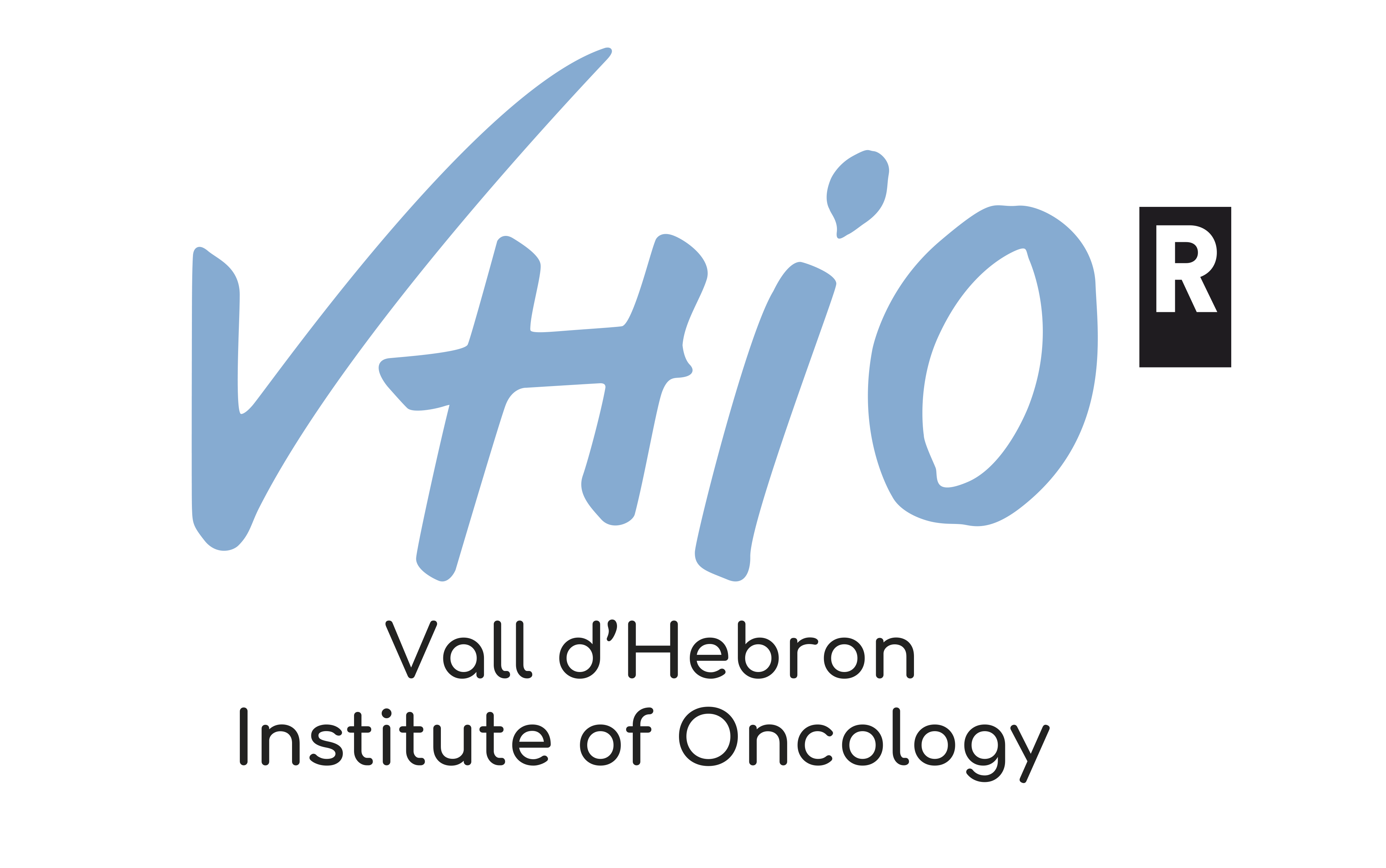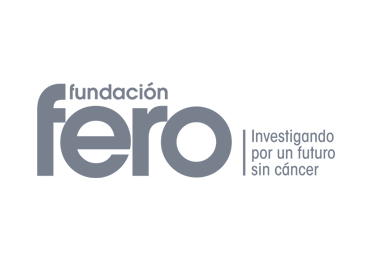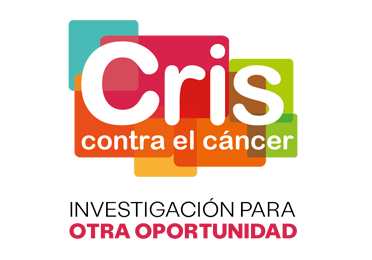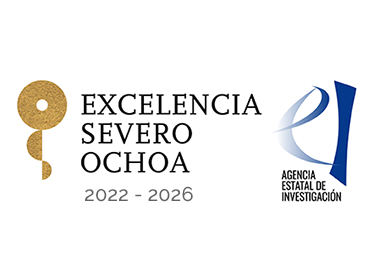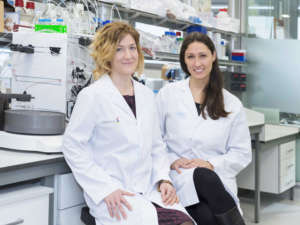

Published open access last month in Molecular & Cellular Oncology, an Author’s View Opinion article* first authored by Marie-Eve Beaulieu, Co-Founder and Chief Scientific Officer of VHIO-born spin-off Peptomyc S.L, and formerly a Postdoc in VHIO’s Mouse Models of Cancer Therapies Group directed by Principal Investigator and ICREA Professor Laura Soucek, who also co-created Peptomyc and serves as its Chief Executive Officer, take us on a scientific journey – one that many have dismissed and would never have attempted to navigate.
Except, that is, if your name is Laura Soucek, corresponding author of this present article.
Over the last 20 years Laura’s determined research efforts have centered on proving countless cynics wrong in her ambitions to combat resistance to therapy and cancer regression through clinically inhibiting the Myc oncogene. Found deregulated in most, if not all tumor types, and as a key driver of cancer progression and maintenance, Myc is consequently a major contender as a cancer target and yet, its promise has not yet been successfully translated into benefits at the patient level.
While several factors including Myc’s nuclear localization, lack of identified ligand binding site, and its function in maintaining normal tissues, are responsible for both this frustrating scenario as well as the sustained belief that it is in fact an impossible target, Laura and her team are now succeeding in silencing the sceptics by pushing Myc inhibition closer to the clinic.
As our co-authors begin by highlighting the challenges of moving faster and getting smarter in more effectively combating cancer resistance, they move on to discuss the opportunities that can come through a ‘think out of the box’ redefinition of what constitutes an ideal cancer therapy. They argue that while current and, thankfully, more precise therapies are proving increasingly successful for the more effective treatment of certain patients and populations, they can indeed be complemented and even potentiated by other novel alternatives including Myc inhibition.
They then proceed to elegantly chapter the setbacks and successes that they have tackled and celebrated, respectively, throughout their story. Since her arrival at VHIO, Laura’s pioneering research using Omomyc-expressing transgenic mice has revealed the anti-cancer activity against several tumor types, including pancreatic cancer and glioblastoma, with mild, manageable and reversible side effects.
Despite these results, one stumbling block has been the bulky nature of the transgenic form of their Omomyc inhibitor that, although proving safe and effective in multiple mouse models in its transgenic form, apparently rendered this promising therapy unfit for pharmacological development. This obstacle did not however deter them. Au contraire.
Commenting for VHIO Communications Laura Soucek said, “We sought to overcome this hurdle and in our most recent paper**, we subsequently showed the efficacy of Omomyc as a cell penetrating peptide – essentially, a mini-protein with the ability to enter cells and reach its target compartment, namely, the nucleus. The successful intravenous systemic administration of our mini-protein MYC inhibitor against Non-Small-Cell Lung Cancer brings this novel anti-cancer therapy closer to the clinic for the more effective treatment of multiple tumor types.”
“As our present opinion piece concludes, we believe that the Omomyc mini-protein is an excellent candidate for clinical development. We are equally optimistic that the use of therapeutic polypeptides to inhibit other challenging targets within cancer cells might be extended to other supposedly undruggable ones in the future,” added Peptomyc’s CSO, Marie-Eve Beaulieu.
To access this Opinion article please click here.
We also invite you to watch our YouTube Q&A round with Laura and Marie-Eve on their recently published findings in Science Translational Medicine: https://www.youtube.com/watch?v=5RzvGsHmKKc&t=1s.
###
References:
* Marie-Eve Beaulieu & Laura Soucek (2019): Finding MYCure, Molecular & Cellular Oncology, doi: 10.1080/23723556.2019.1618178.
** Beaulieu et al, Intrinsic cell-penetrating activity propels Omomyc from proof of concept to viable anti-Myc therapy. Science Translational Medicine, 2019. doi/10.1126/scitranslmed.aar5012.
